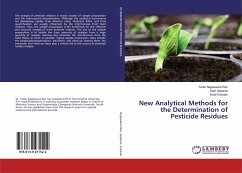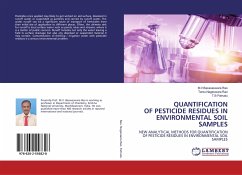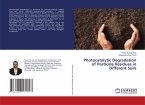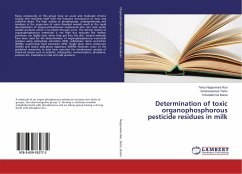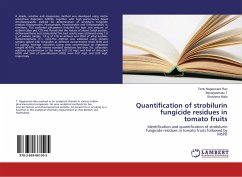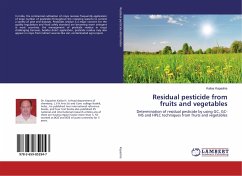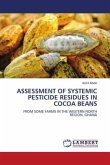The analysis of pesticide residues in foods consists of sample preparation and the instrumental determination. Although the analytical instruments are developing rapidly, their detector noise, detection limits, and final quantification are usually influenced by the interferences from food matrices. Thus, the sample preparation is the bottleneck for the effective and accurate analysis of trace pesticide residues. The aim of the sample preparation is to isolate the trace amounts of analytes from a large quantity of complex matrices and eliminate the interferences from the food matrix as much as possible. Typical sample preparation steps include the sampling/homogenization, extraction, and clean-up. Among them, the extraction and clean-up steps play a critical role in the success of pesticide residue analysis.
Bitte wählen Sie Ihr Anliegen aus.
Rechnungen
Retourenschein anfordern
Bestellstatus
Storno

